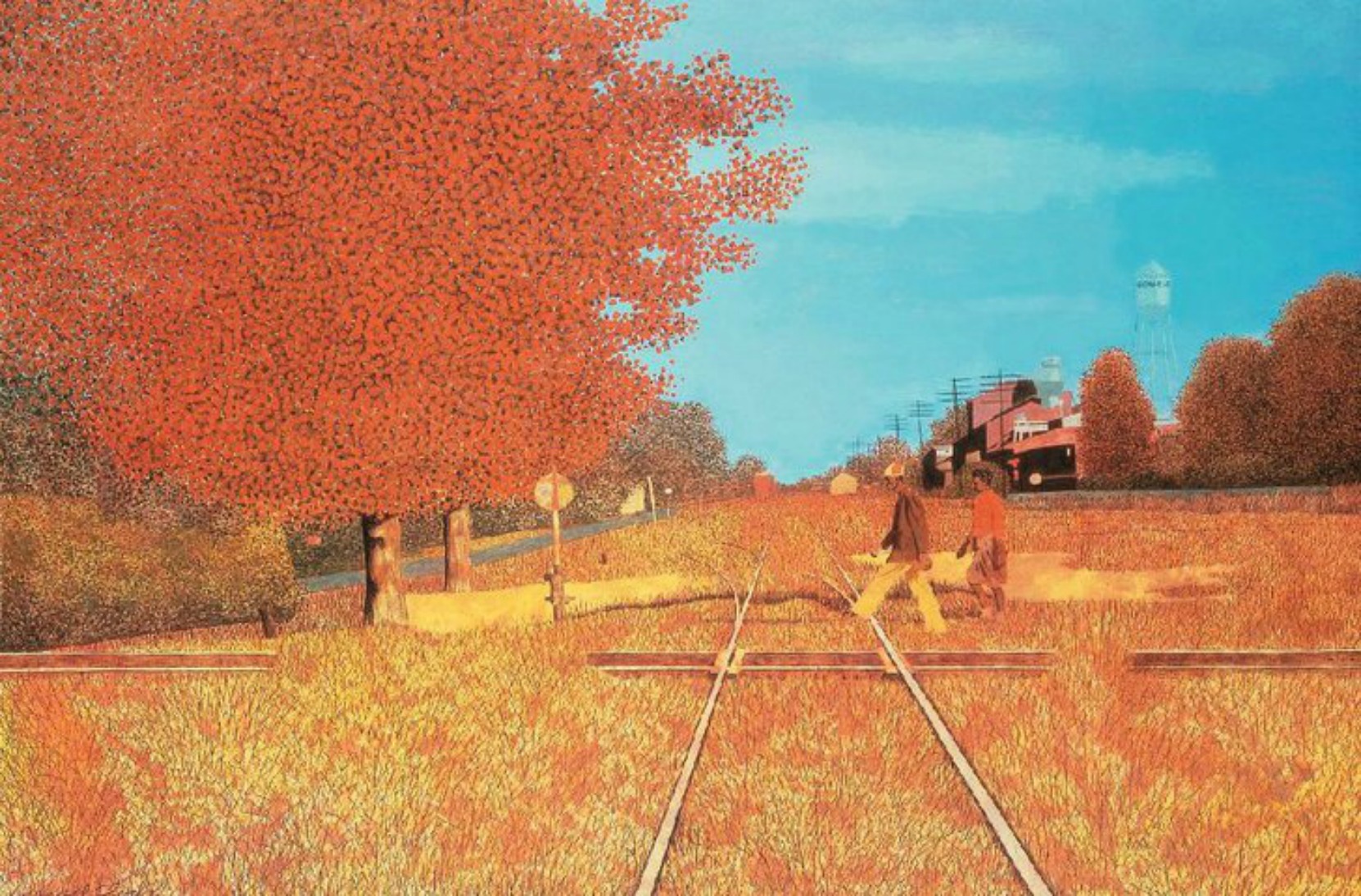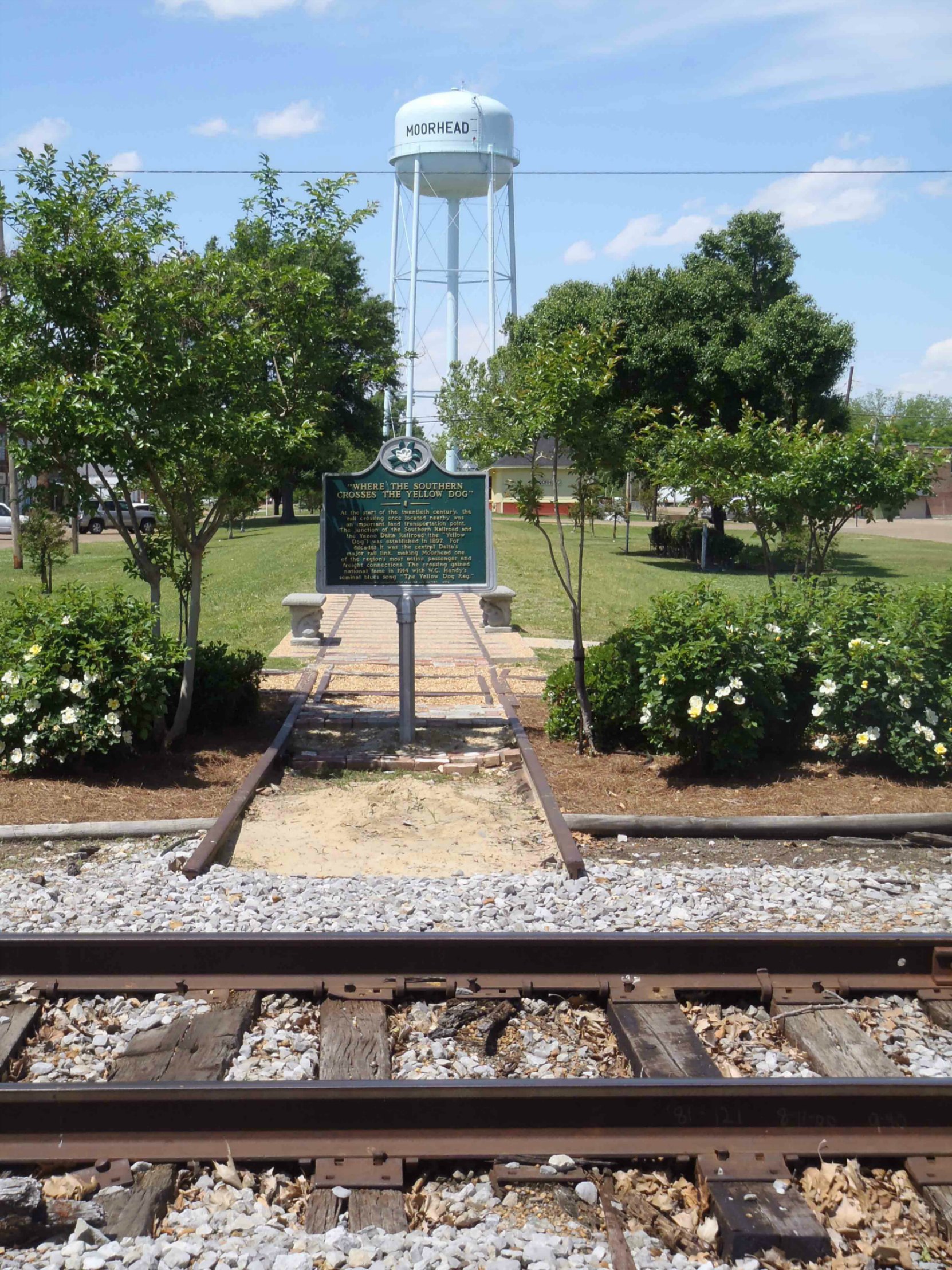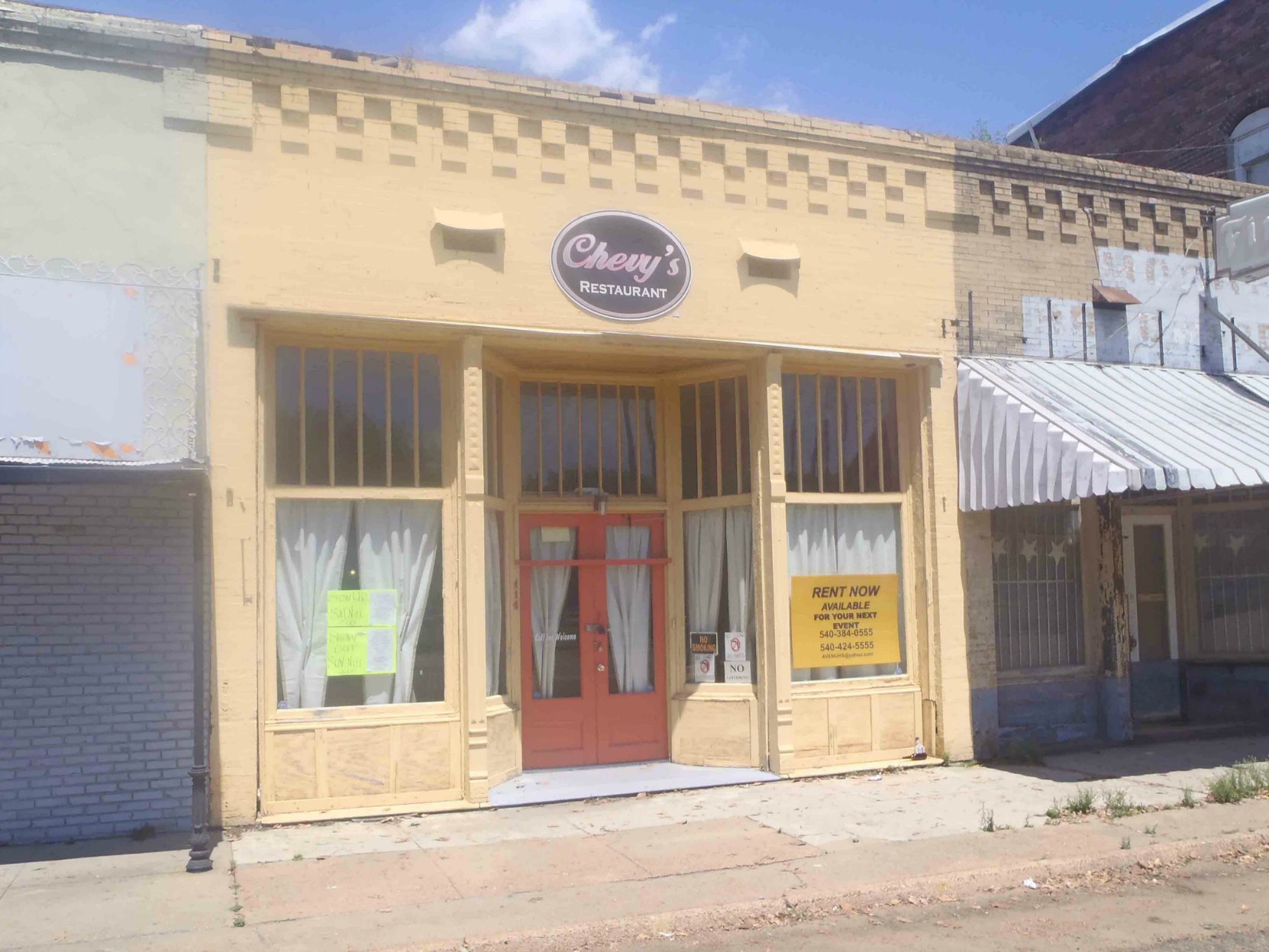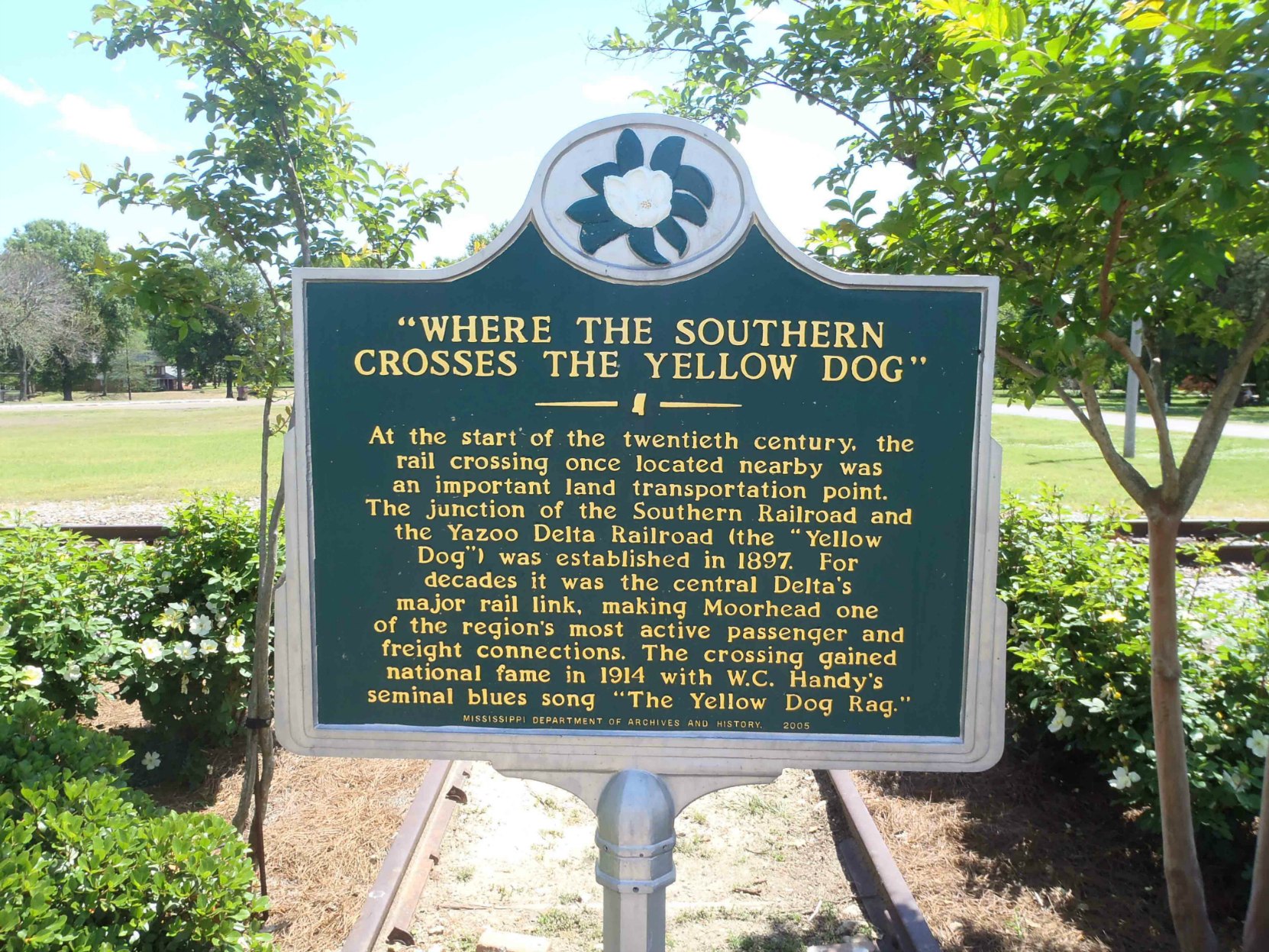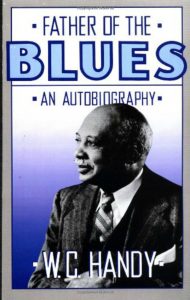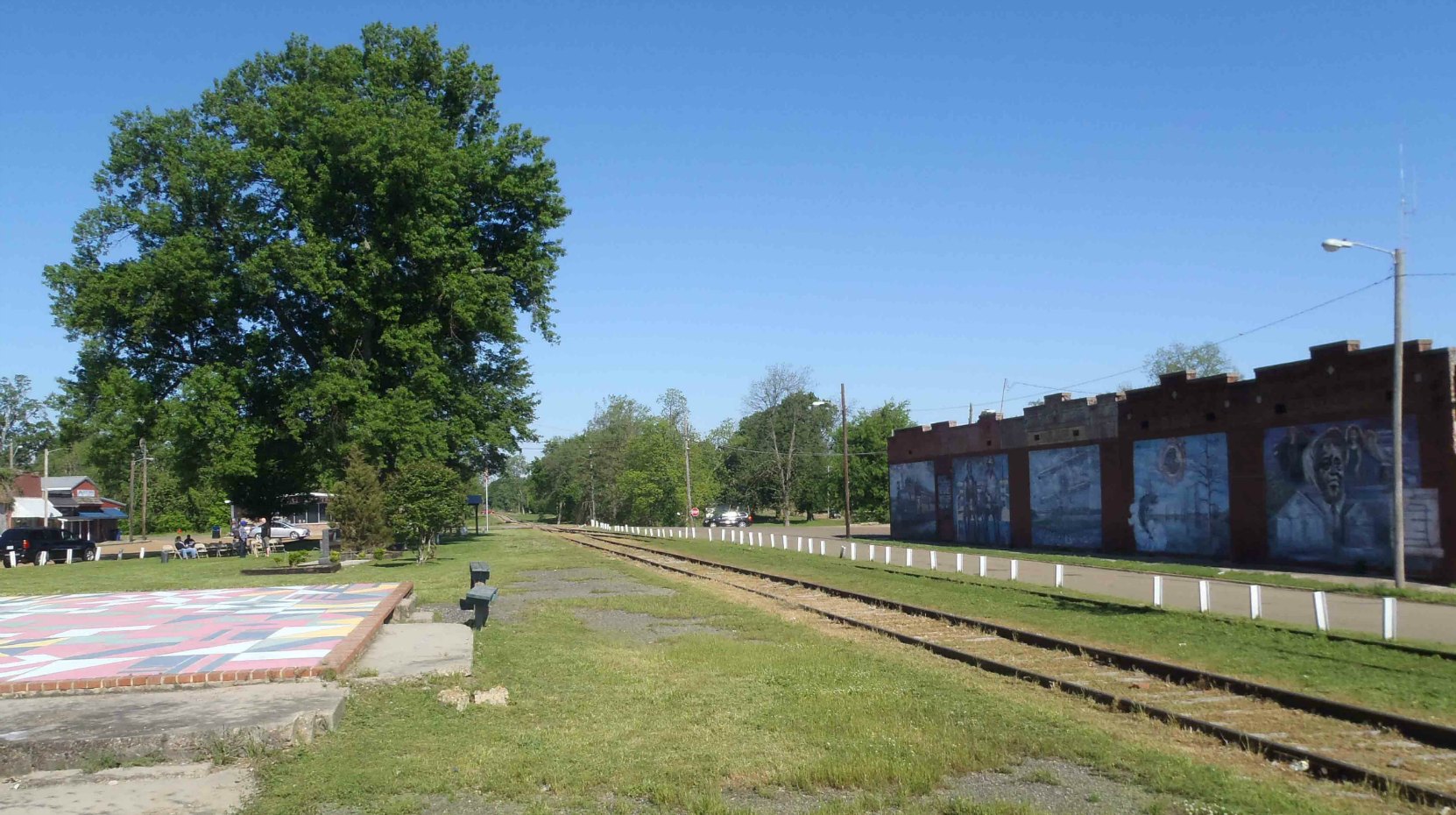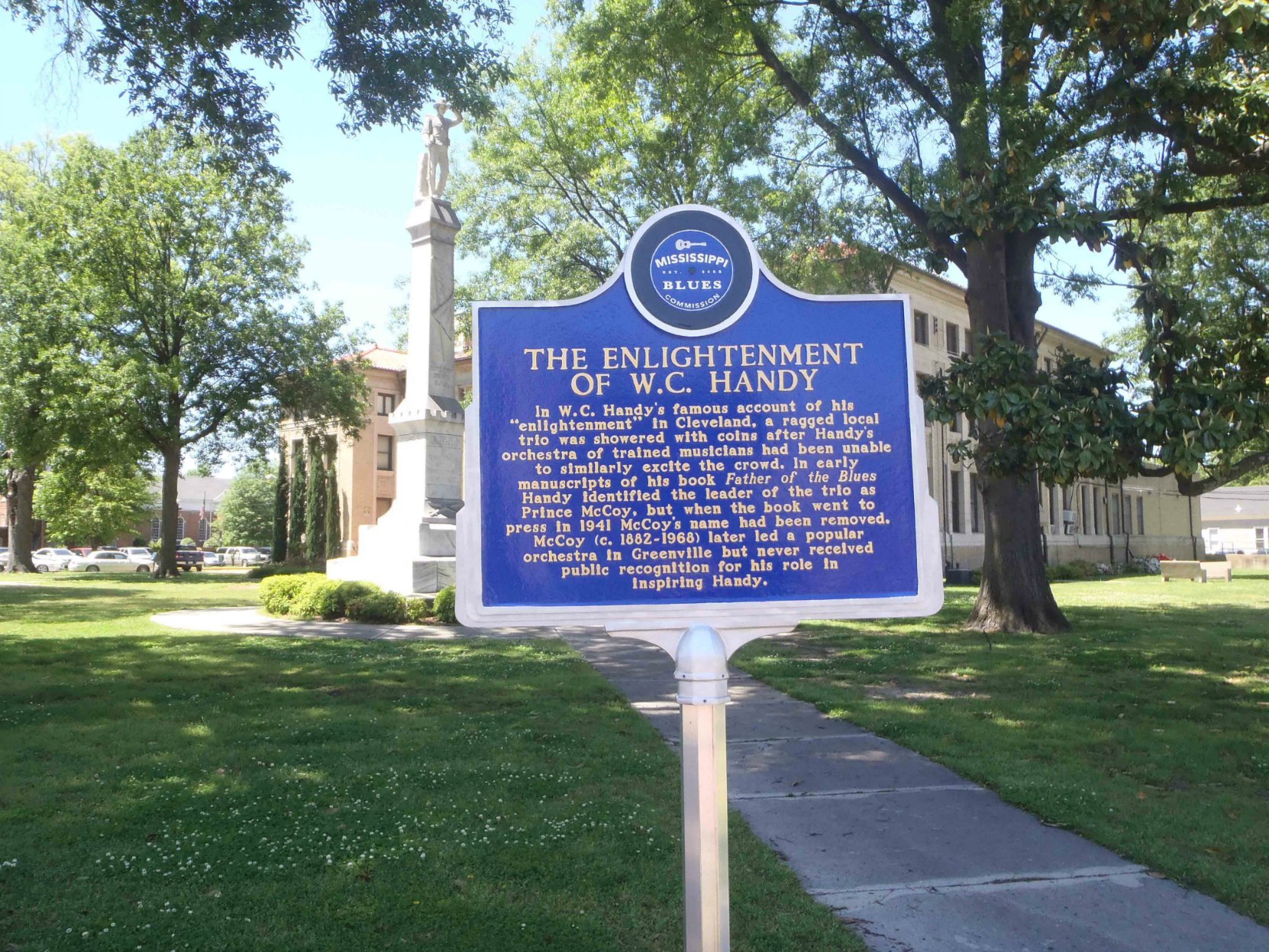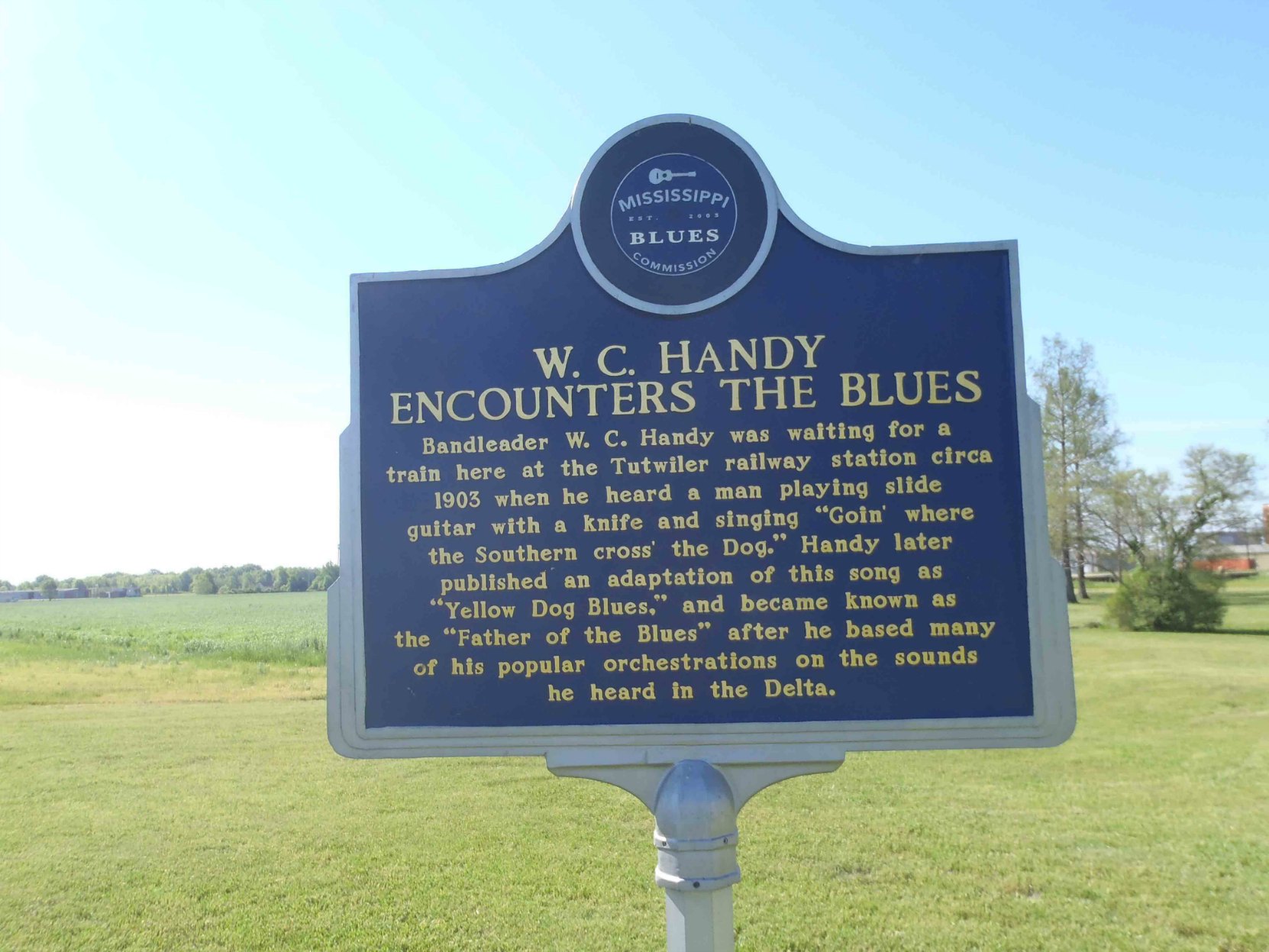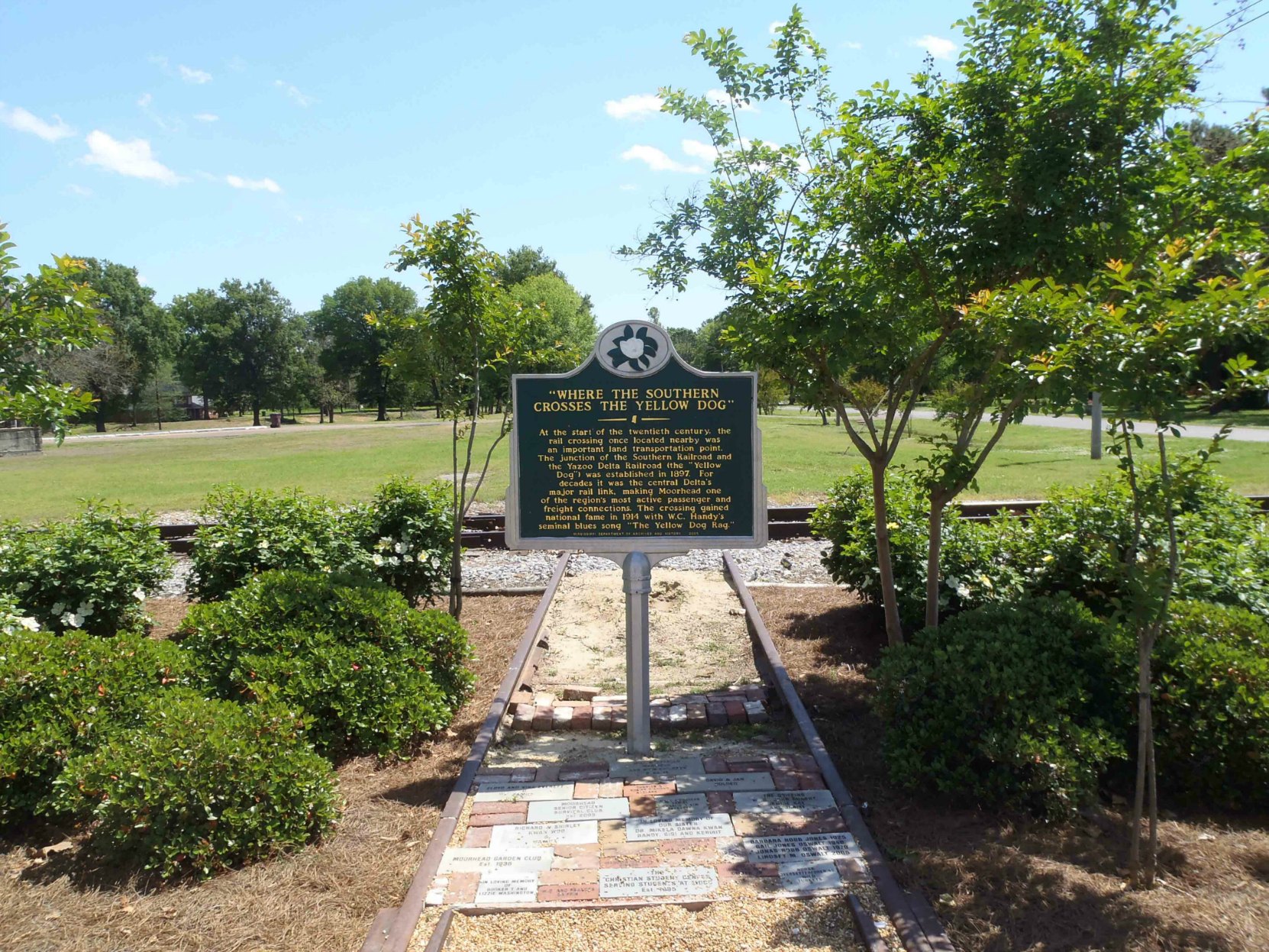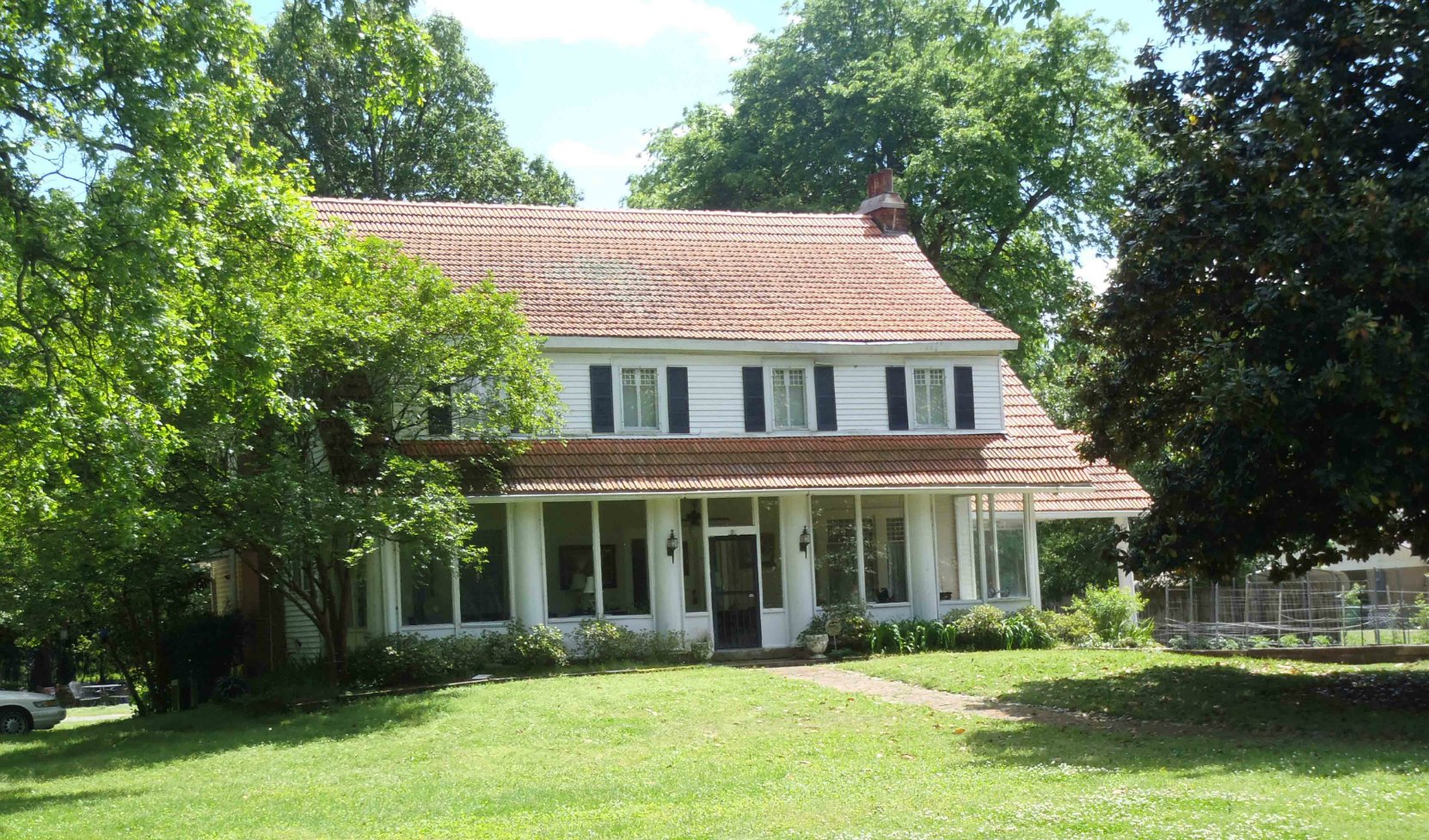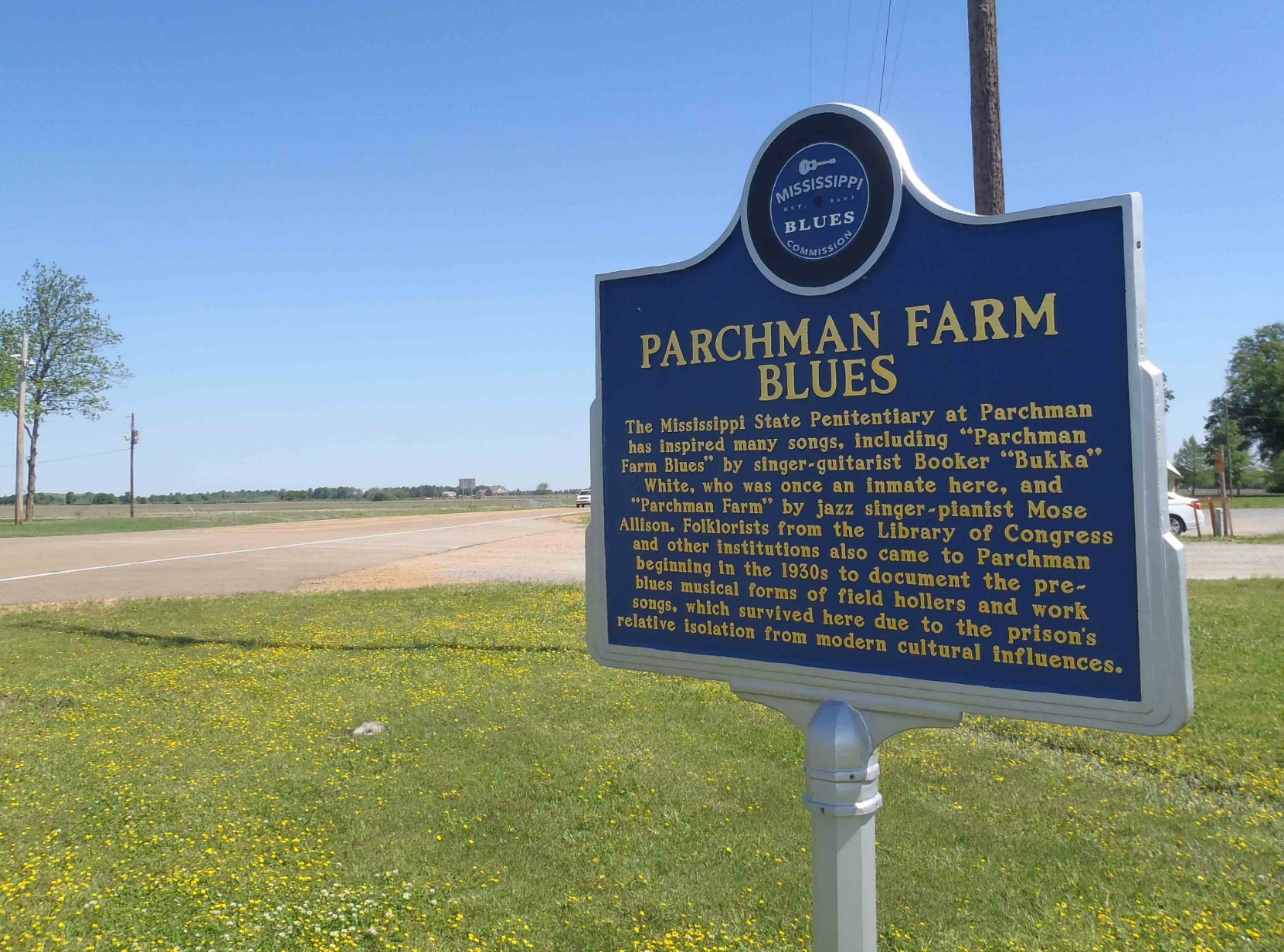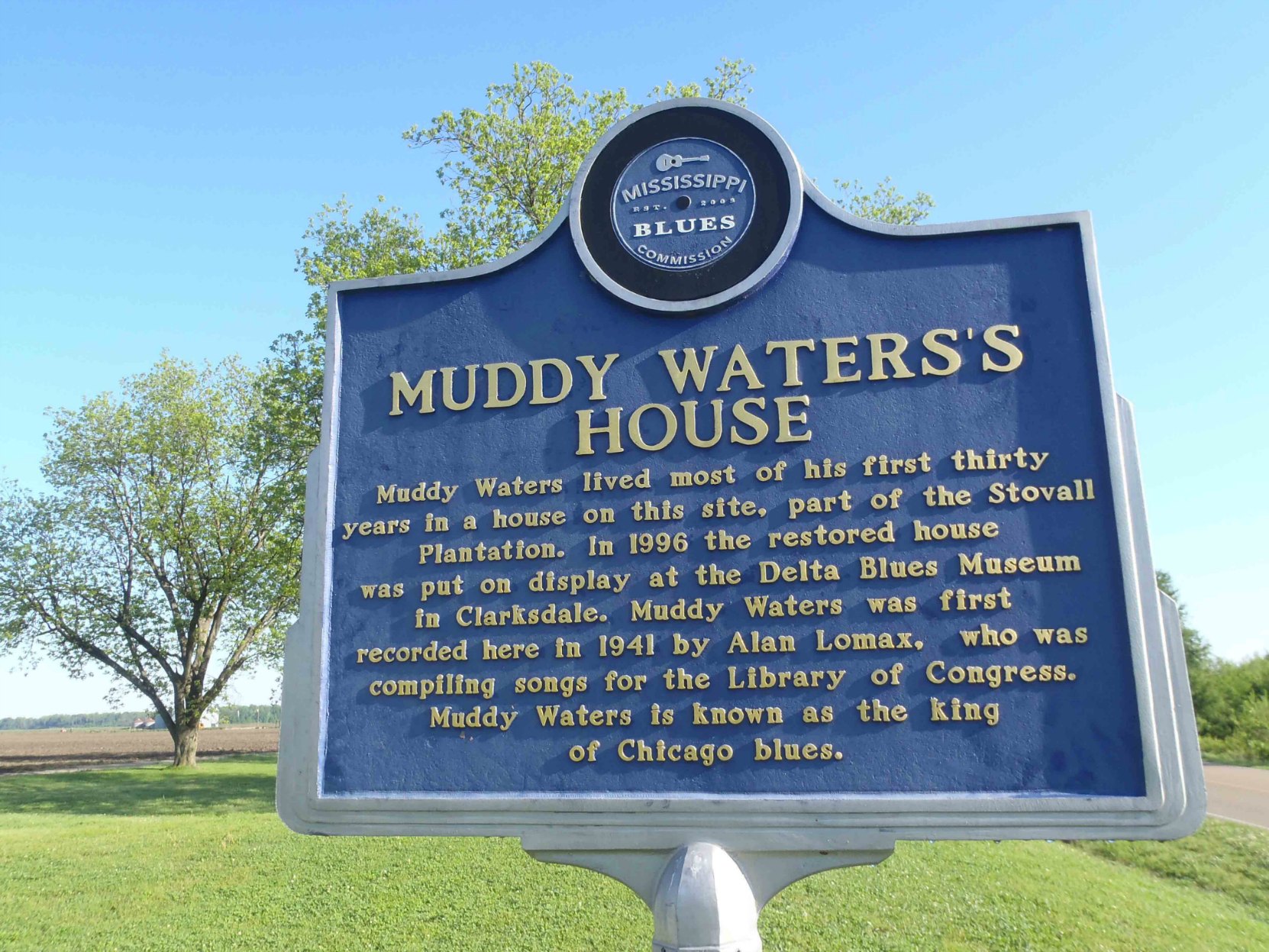A reader from the UK, Neil Lancaster, contacted us this month with comments about our page and post on Hooks Brothers Photography Studio on Beale Street in Memphis.
Neil Lancaster writes:
“Astonishing to see this. Original features extant, too. Was in Memphis on pilgrimage in 2016 but missed the opportunity to see this. It should be made far more well known for blues travellers. Best, from England.”
We totally agree with Neil. So for those readers, like Neil Lancaster, who are interested in Blues History and Places In Blues History and who are planning a trip to Memphis, Tennessee we recommend checking out the former Hooks Brothers Photography Studio at 164 Beale Street in downtown Memphis, Tennessee. Not many people know about it but it was where one of the two known photographs of Robert Johnson were taken.
So for our readers planning a trip to Memphis, here is a re-posting of our article about Hooks Brothers Photography Studio at 164 Beale Street in downtown Memphis:
This Tennessee Historical Commission marker is located outside the King’s Palace Cafe at 162 Beale Street in Memphis, Tennessee. The Hooks Brothers Photography Studio was located at 164 Beale Street, which is the second floor of the King’s Palace Cafe building, in the space currently occupied by the Absinthe Pool Room.
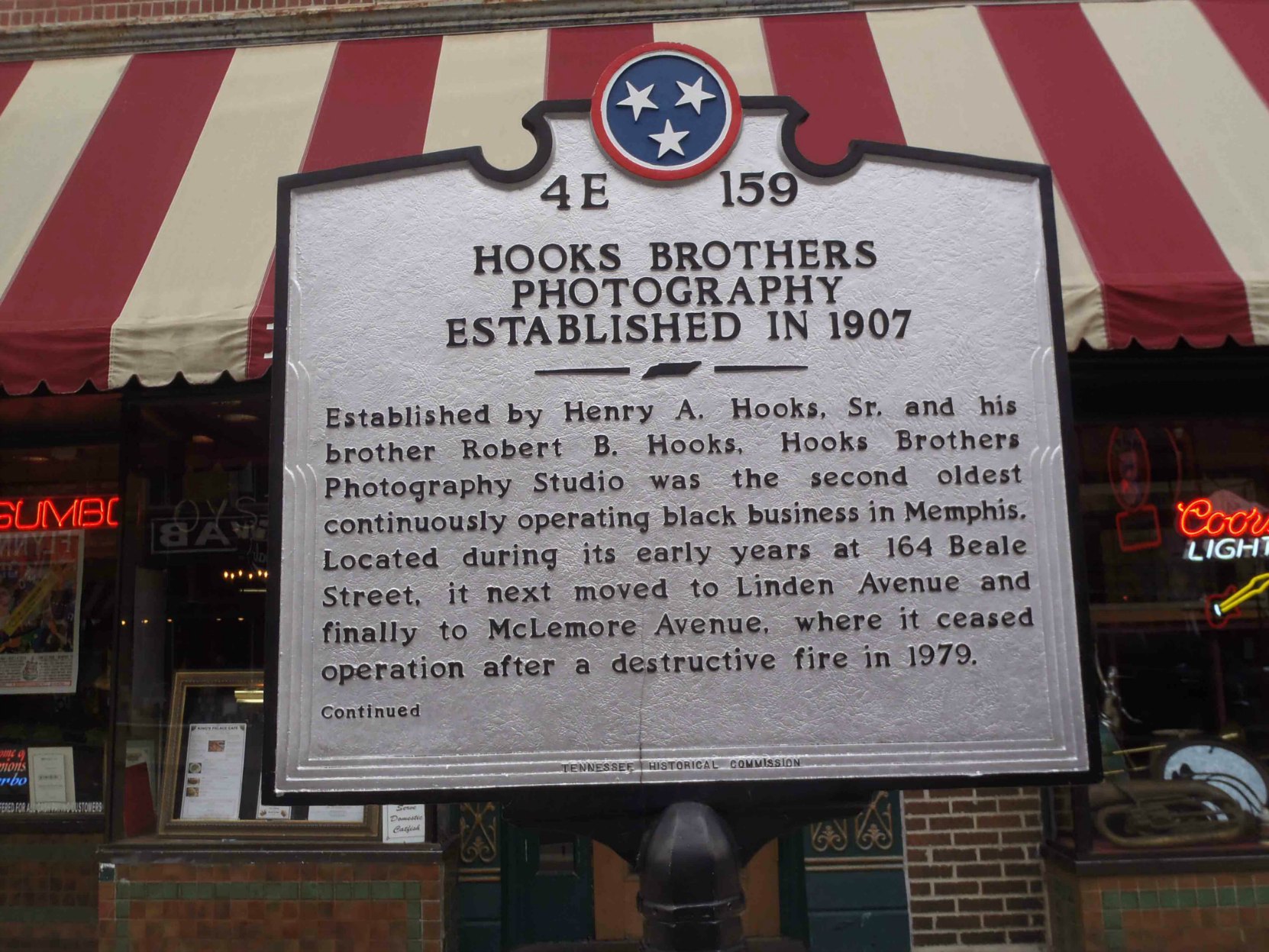
The front of this marker reads:
“HOOKS BROTHERS PHOTOGRAPHY ESTABLISHED IN 1907 – Established by Henry Hooks, Sr. and his brother Robert B. Hooks, Hooks Brothers Photography Studio was the second oldest continuously operating black business in Memphis. Located during its early years at 164 Beale Street, it next moved to Linden Avenue and finally to McLemore Avenue where it ceased operation after a destructive fire in 1979.”
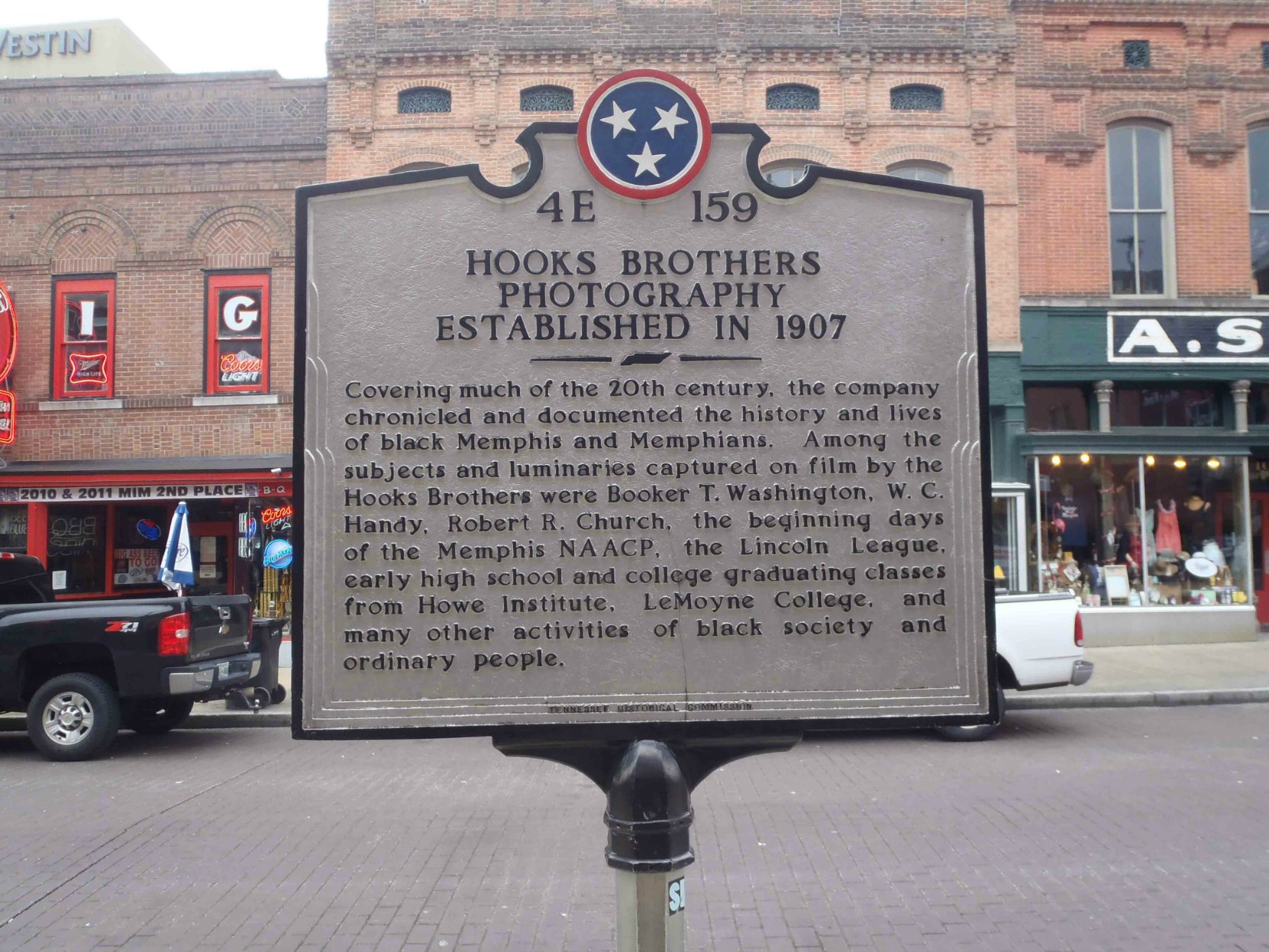
The rear of this marker reads:
“Covering much of the 20th century, the company chronicled and documented the history and lives of black Memphis and Memphians. Among the subjects and luminaries captured on film by the Hooks Brothers were Booker T. Washington, W.C. Handy, Robert R. Church, the beginning days of the Memphis NAACP, the Lincoln League, early high school and college graduating classes from Howe Institute, LeMoyne College and many other activities of black society and ordinary people.”
Although it is not mentioned on this Tennessee Historical Commission marker, Hooks Brothers Photography was also where the only known studio portrait of Robert Johnson was taken.
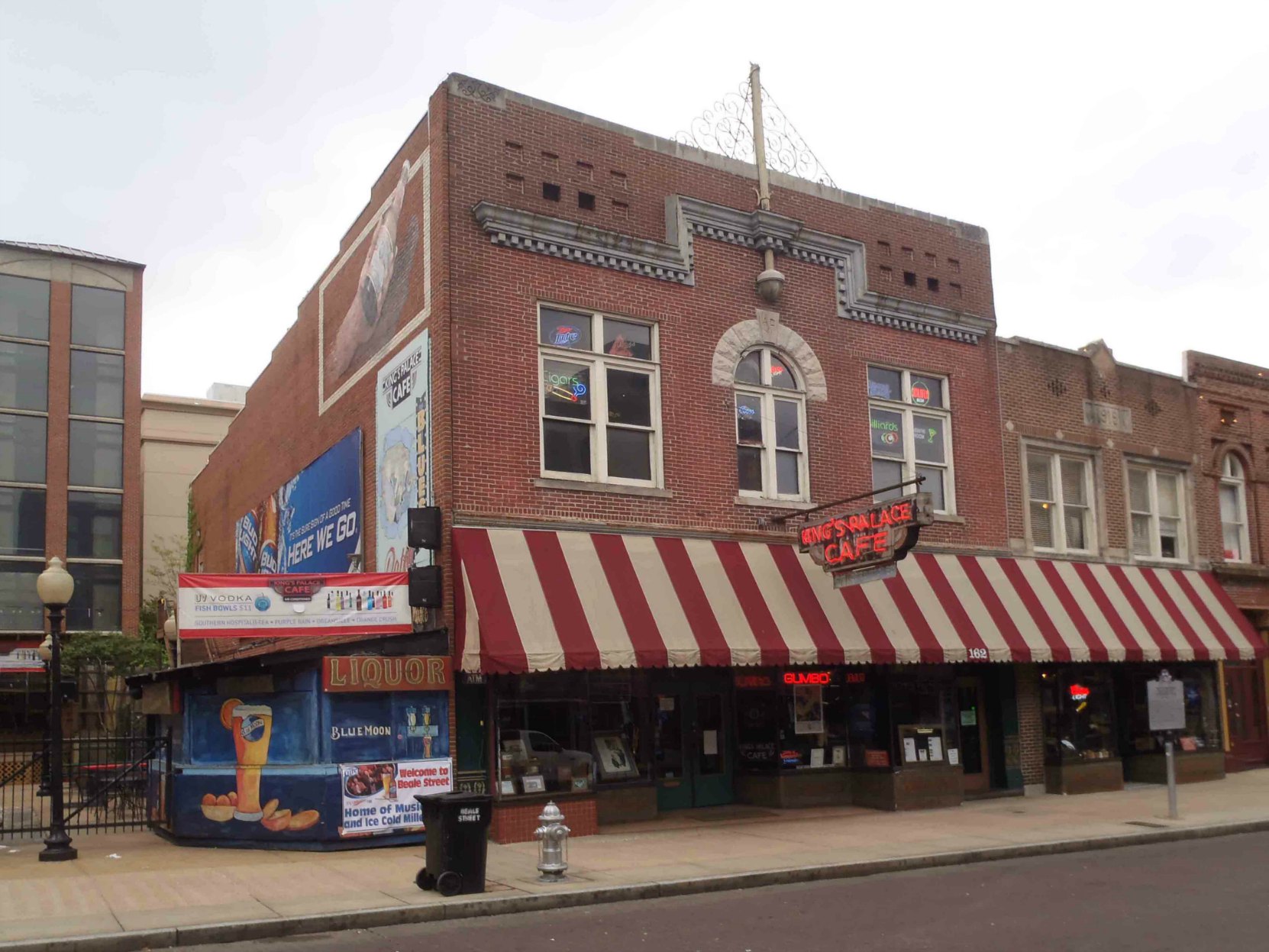
Hooks Brothers Photography and Robert Johnson

The Hooks Brothers Photography studio at 164 Beale Street is also of interest to blues fans because of its connection to Robert Johnson.
There are only two known confirmed photographs of Robert Johnson.
One of the two confirmed photographs of Robert Johnson, the one used on the Robert Johnson Complete Recordings album cover (left), is a studio portrait taken circa 1934-1938 at the Hooks Brothers Photography Studio at 164 Beale Street.
The other is a snapshot of Robert Johnson that was used in making the cover of the Elijah Wald book Escaping The Delta, shown at left below.

Here are links to some articles about photographs of Robert Johnson:
- npr.org – May 2011
- nola.com – September 2013
- American Songwriter – April 2015
- The Guardian – May 2015
- Chron.com -December 2015
The office and studio space used by the former Hooks Brothers Photography is now the Absinthe Pool Room, part of the King’s Palace Cafe located downstairs at 162 Beale Street.
Many of the original features of this space are still intact and it is possible to get some idea of what the Hooks Brothers’ offices and studio may have looked like in the mid-1930’s when the confirmed studio portrait of Robert Johnson was taken here circa 1934-1938.
Here are some photos of how the space now appears.
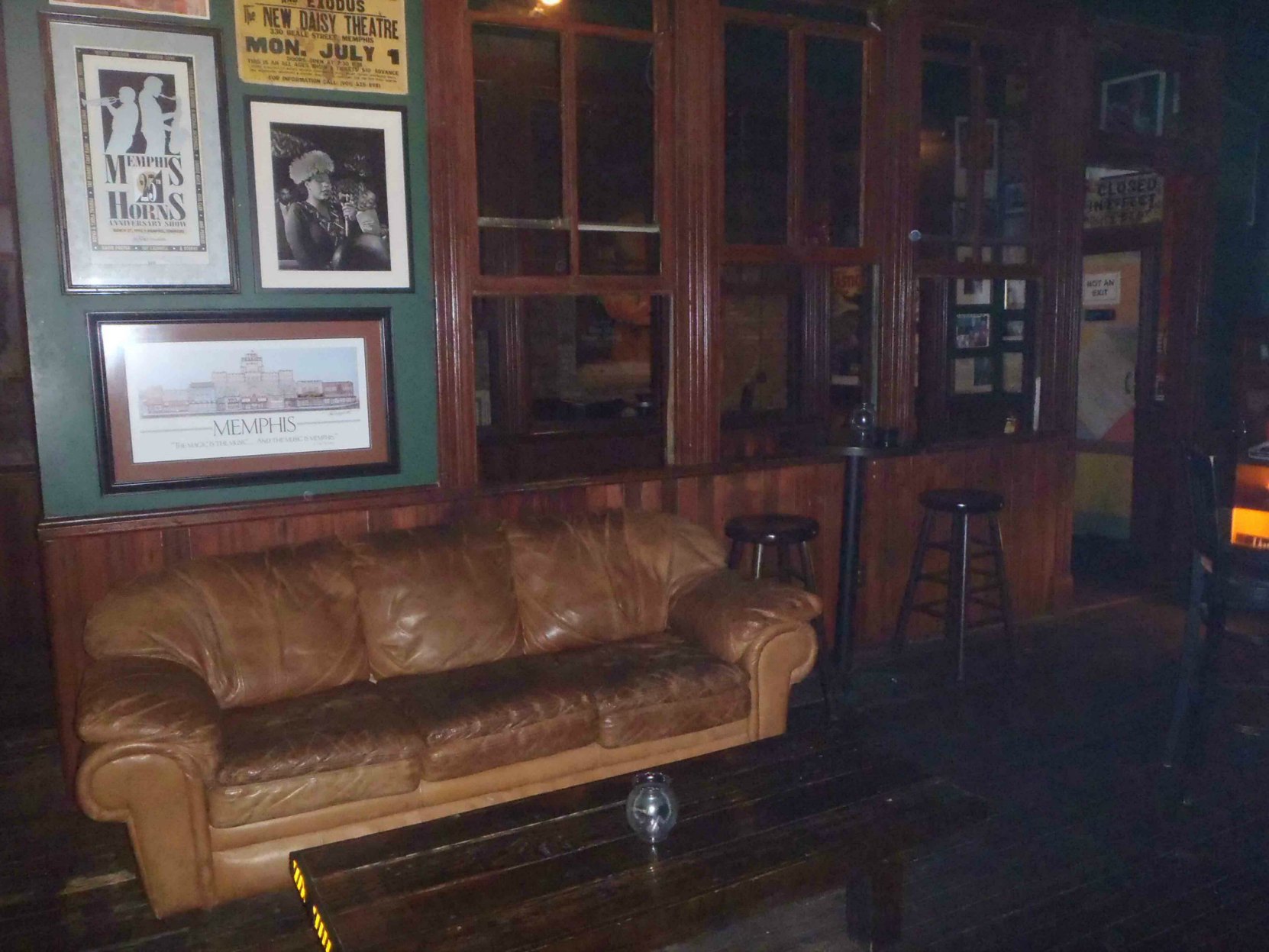
The photo above shows what the entrance area of the Absinthe Pool Room looks like today.
This is the second floor room you first enter after coming up the staircase from Beale Street. The Absinthe Pool Room uses this space as a bar and sitting area.
We’re speculating that Hooks Brothers Photography would have used it as a reception area and waiting room.
The main architectural features of interest today are the original wooden wainscoting, transoms above the doors and the interior windows that open in all the interior walls. The interior sliding windows are an interesting remnant of the days before air conditioning. Interior windows that opened allowed air to circulate more freely through the interior spaces, allowing more effective ventilation and circulation of interior air.
We’re speculating that Hooks Brothers Photography used the spaces shown in the photos below as offices.
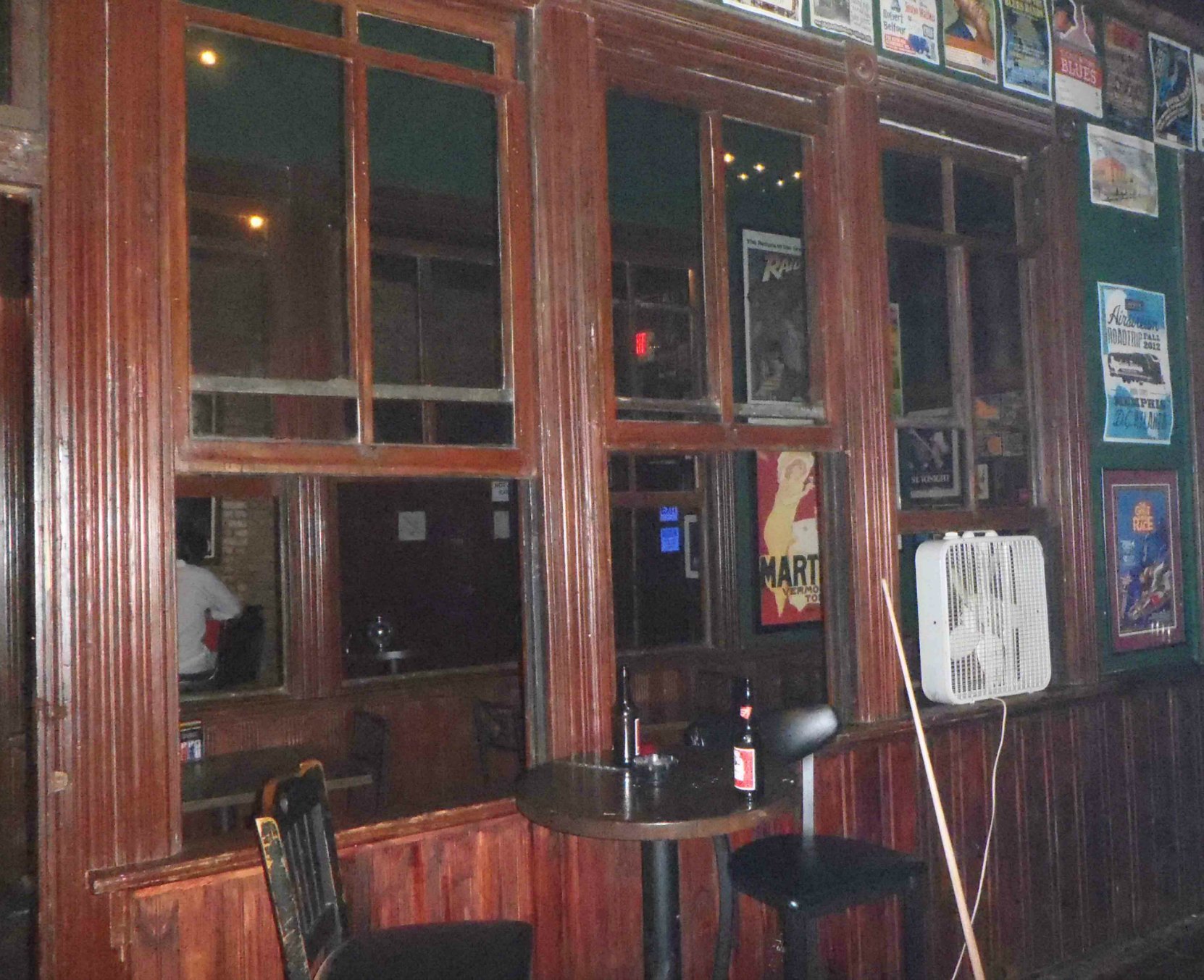
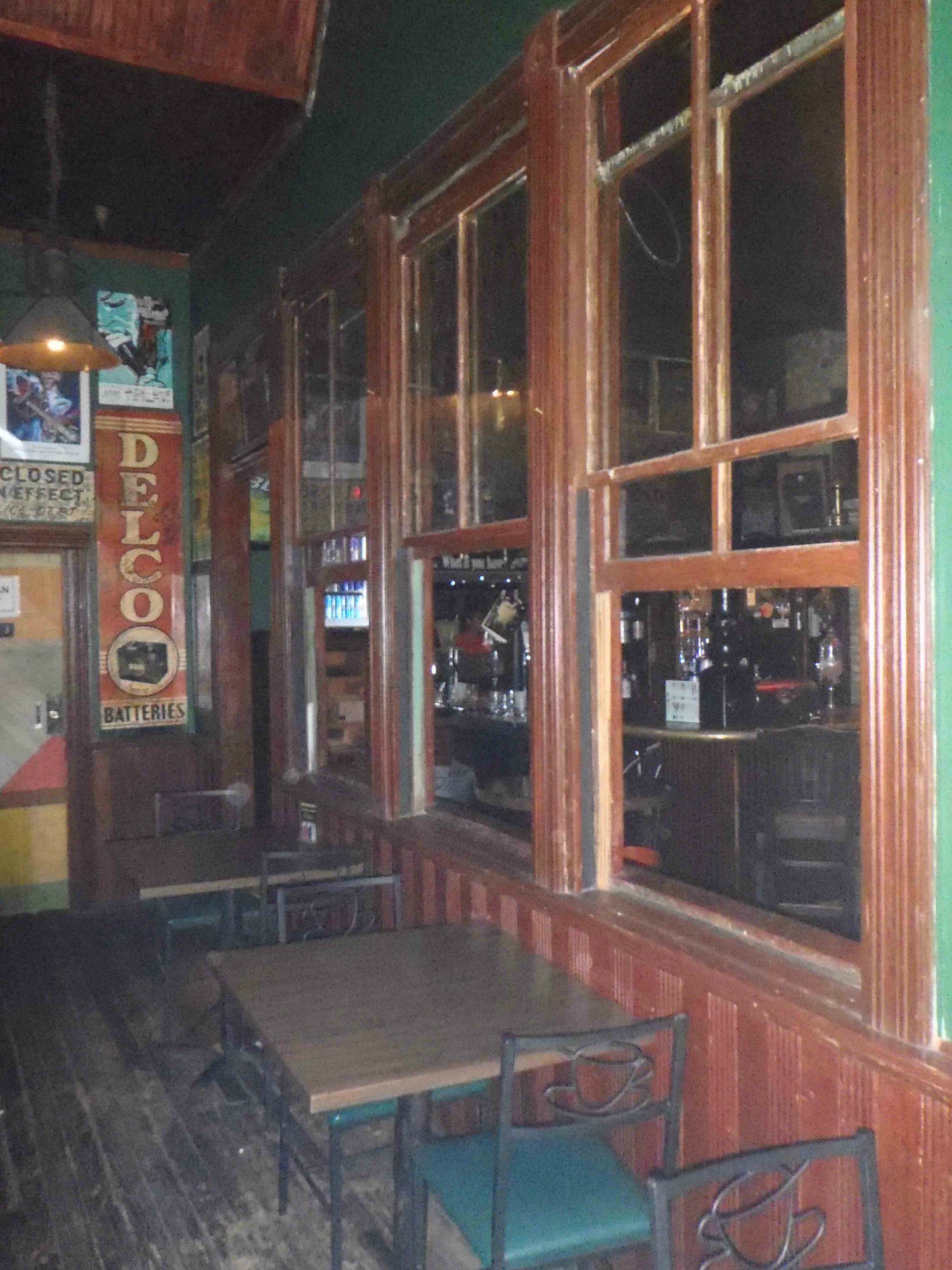
The photos below show the current appearance of what we believe to have been a room used by Hooks Brothers as a photography studio. These rooms overlook Beale Street and have large south facing windows overlooking Beale Street which allow natural light to enter. These are the only rooms in the space with natural light, which leads us to believe Hooks Brothers Photography would have used them as studios. If so, this is where the confirmed studio portrait of Robert Johnson was taken.
These photos show the view looking toward the north, away from the Beale Street frontage of the building.
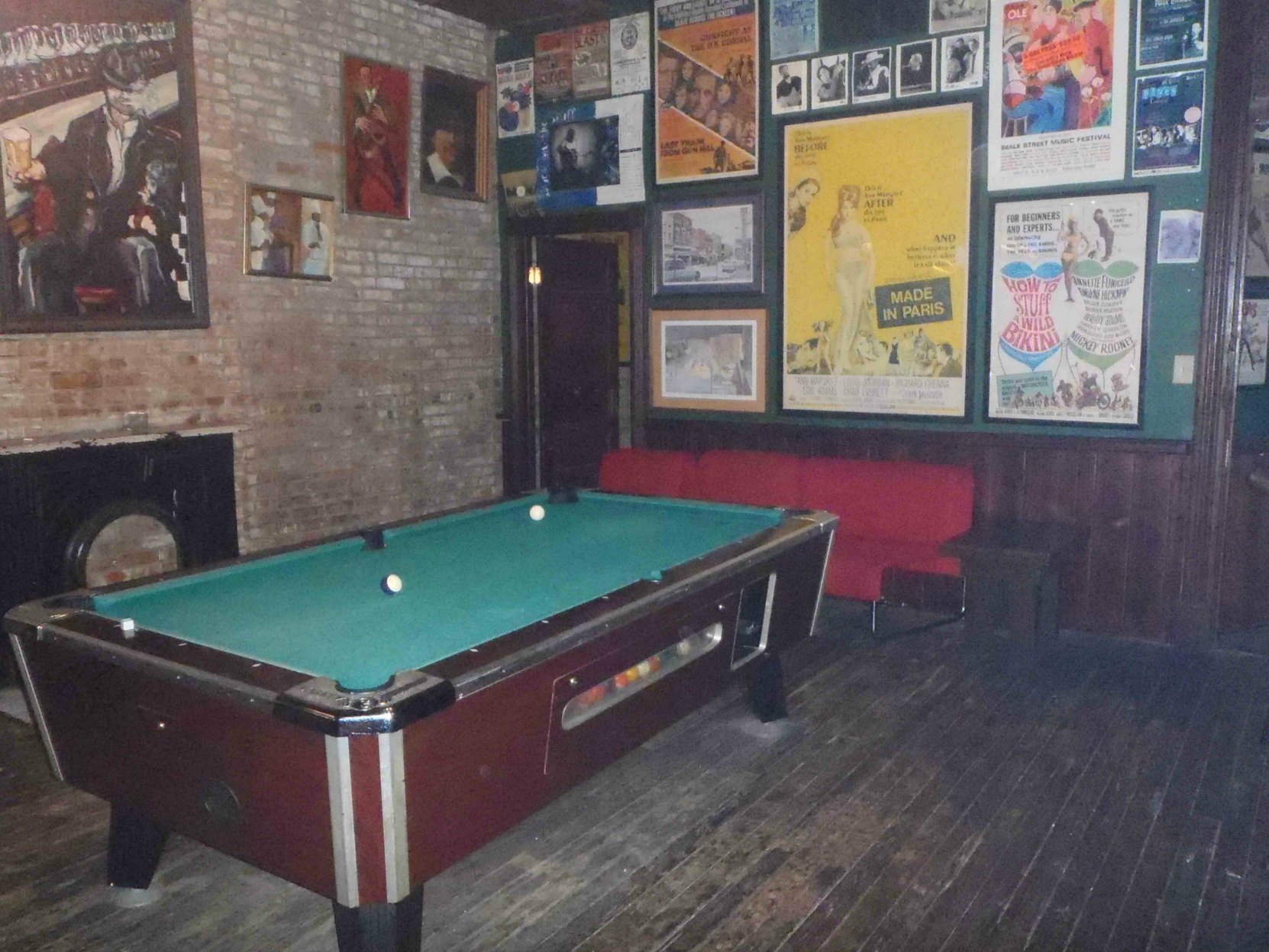
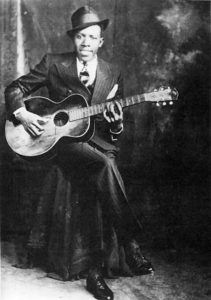
The photos below show another view of the same room shown in the photos above.
This view looks south toward the Beale Street frontage of the building. The large windows face south onto Beale Street and allow natural light into the interior space at the front of the building.
None of the other upstairs rooms have windows allowing natural light to come in. For that reason we think Hooks Brothers Photography would have taken advantage of the natural light and used these rooms overlooking Beale Street as their photographic studios. If so, the confirmed studio portrait of Robert Johnson (shown at left) was taken in these rooms.
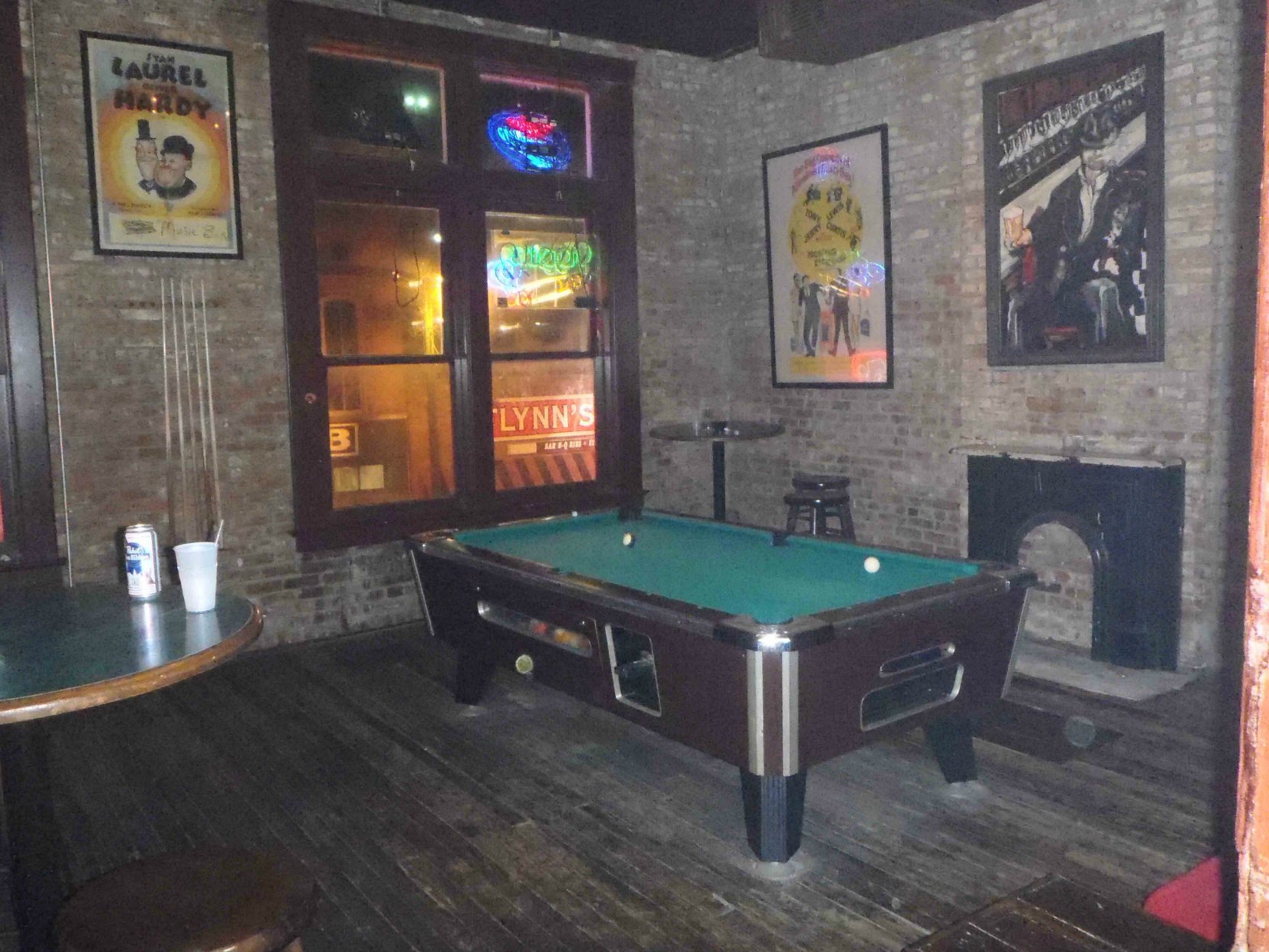
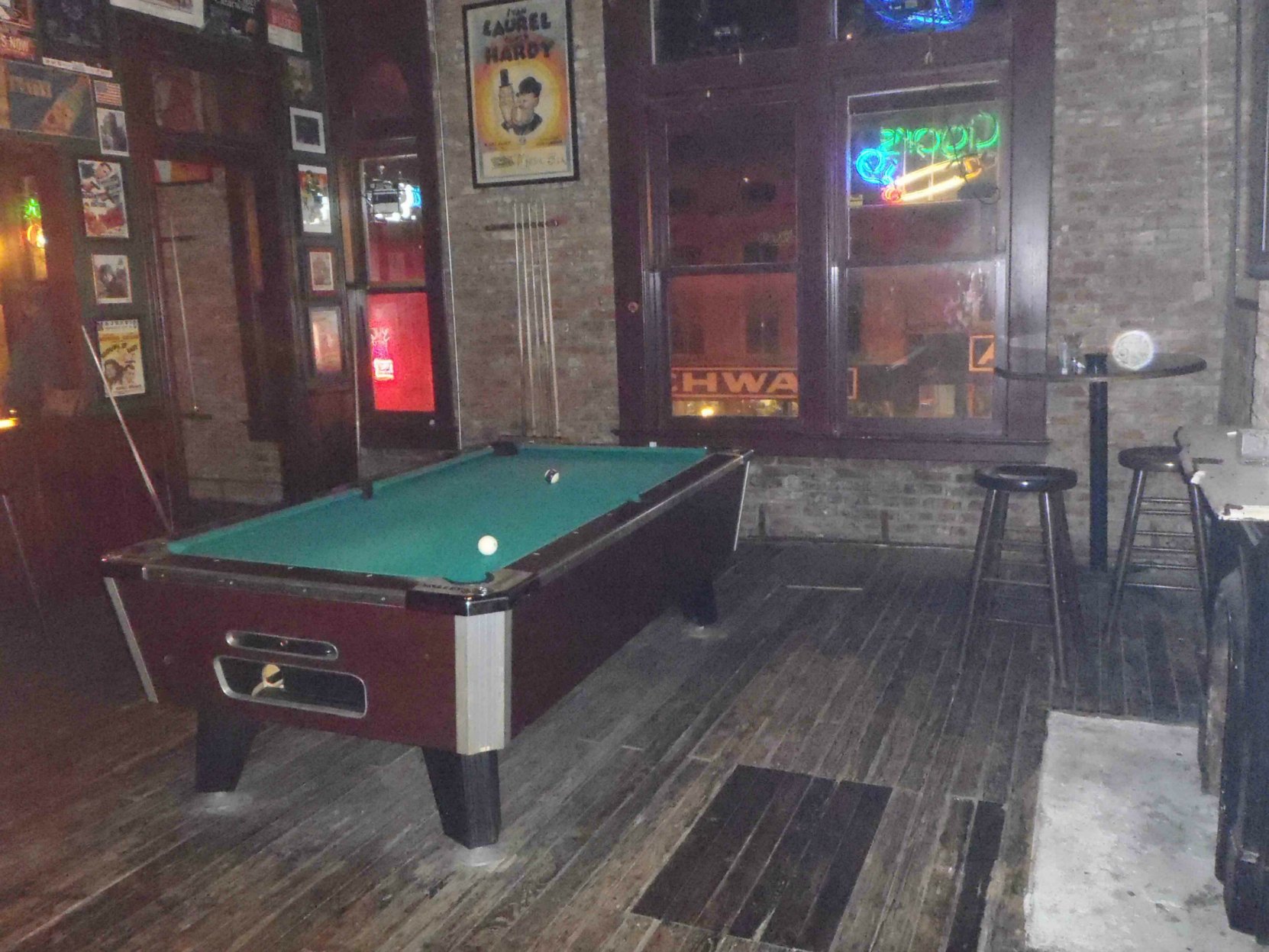
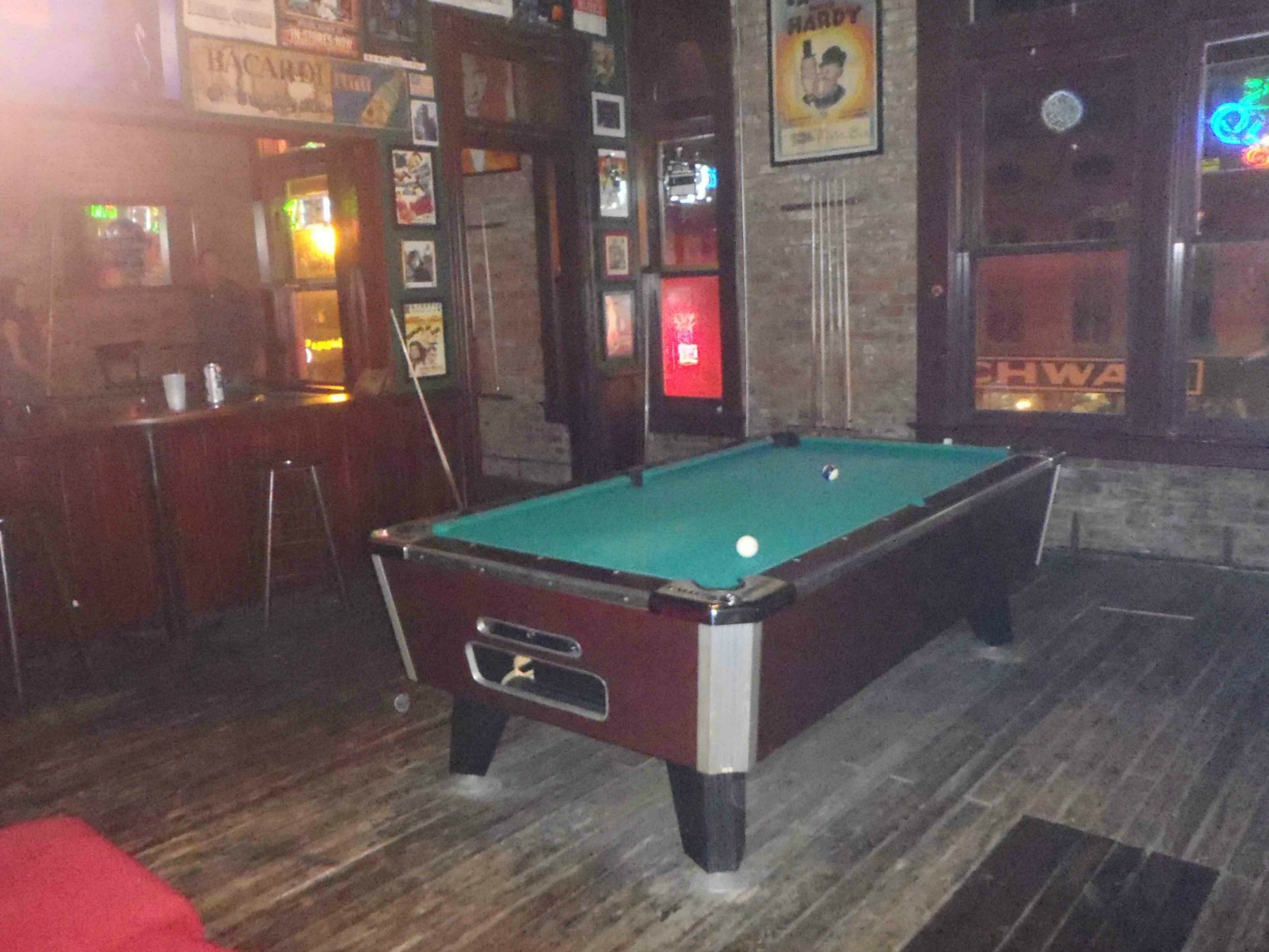
Would you like to leave a comment or question about anything on this post?


